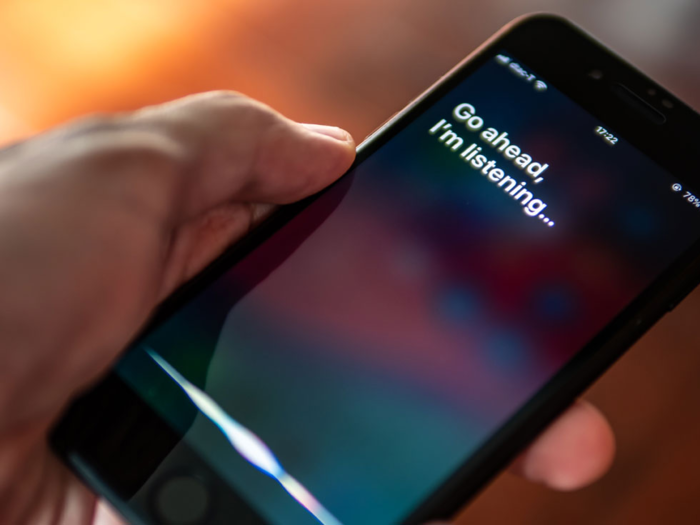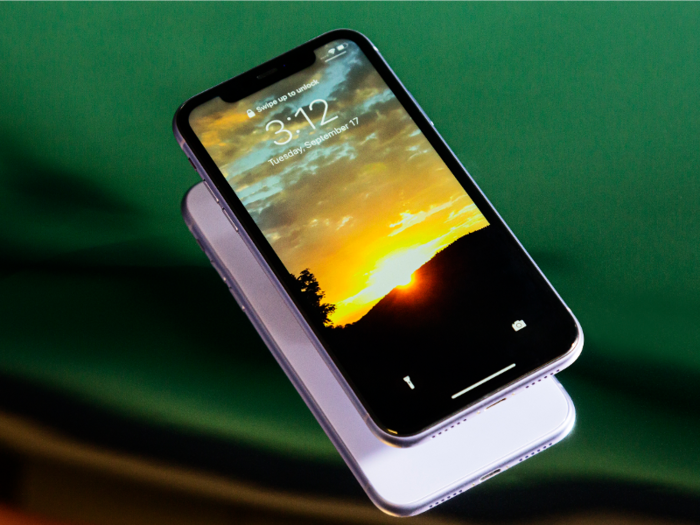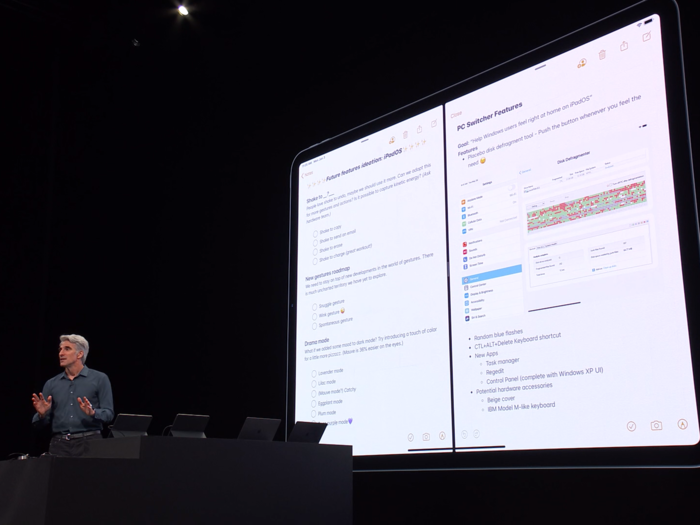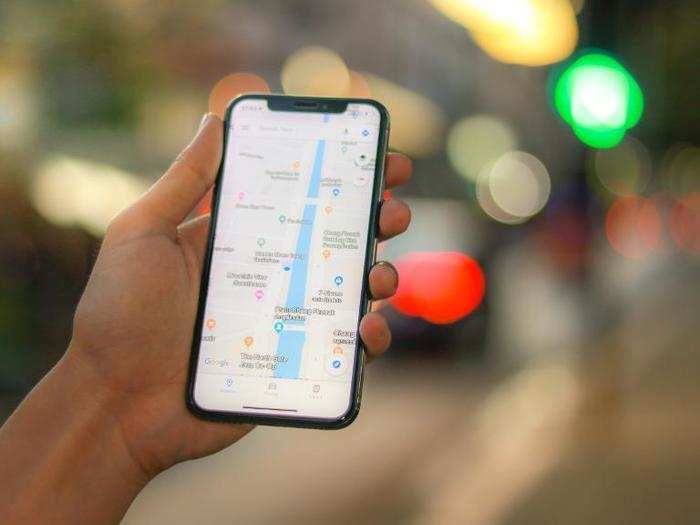- Home
- slideshows
- miscellaneous
- The iPhone is expected to get a bunch of new features later this year - here are the ones we want to see
The iPhone is expected to get a bunch of new features later this year - here are the ones we want to see
A less-buggy launch

More Siri-based intelligence throughout the operating system

Apple's iPhone software has gotten a lot smarter in recent years, thanks in part to the new integrations it's added to Siri.
For example, Siri can now make suggestions for colleagues you might want to add to a meeting or email thread based on previous emails and events. And in iOS 13, Apple made a big change to the way it organizes photos in your iPhone's image library, intelligently sorting images into buckets based on the day, year, and month they were taken.
I only wish Apple would apply some more intelligence to the rest of the operating system, particularly app management. Siri already suggests apps that you open frequently when you pull down from the home screen or swipe to the "Today" view located to the left of the lock screen.
So why can't Siri also make suggestions based on the apps that I rarely or never engage with so that I can consider deleting them? If you're anything like me, you've got pages and pages of apps on your phone — many of which I've downloaded just to try and only found myself using them once or twice. Digging through these apps is a burdensome task that seems like a prime area where Siri could be of use.
A more useful lock screen

The lock screen is the first thing we see when we wake up our phones, and Apple's hasn't changed much over the years. Yes, it's received some upgrades; you can, for example, access the flashlight and the camera by pressing their respective buttons located near the bottom of the screen.
But rival phone makers have done far more to make the lock screen feel more helpful and useful. Samsung, for example, allows you to add app shortcuts to the lock screen and display information like the weather.
Even better, Apple should draw inspiration from the Apple Watch, as my colleague Dave Smith wrote last year. With the Apple Watch, you can see all kinds of information at a glance — your daily activity, the time, the weather, shortcuts for starting a workout or triggering a FaceTime call, etc.
Of course, that type of interface makes sense for the Apple Watch, a device that's considerably smaller than a phone that's optimized for quick glances rather than scrolling, tapping, and reading for longer periods of time.
The device's watch faces are different from the iPhone's for a reason — after all, no one wants a shrunken iPhone on their wrist. But I do believe there's probably a middle ground in which the iPhone gets some additional lock screen functionality without becoming too cluttered.
Real multitasking

It's a feature that's been present on Android devices and Apple's iPad for years, but has yet to make its way to the iPhone — the ability to run more than one app on screen.
While it's simple to switch between open apps on the iPhone by swiping up from the bottom of the display and holding your finger near the center of the screen, you're still limited to only running one app at a time. That's in contrast to rival brands like Samsung and LG, which have offered split-screen multitasking on their smartphones for years. Google even built multi-window mode into Android by default in 2016.
And while Apple added split-screen mode to the iPad in 2015, it's still nowhere to be found on the iPhone.
The ability to change app defaults

Although Apple has made it easier for third-party apps to plug into its operating system in recent years, you still can't set default apps. That means if you click a link or an address from a text message or an email, Apple will still direct you to one of its own apps — like Safari or Apple Maps — rather than letting you choose your preferred service. It's a characteristic we'd like to see change in iOS 14.
Popular Right Now
Popular Keywords
Advertisement